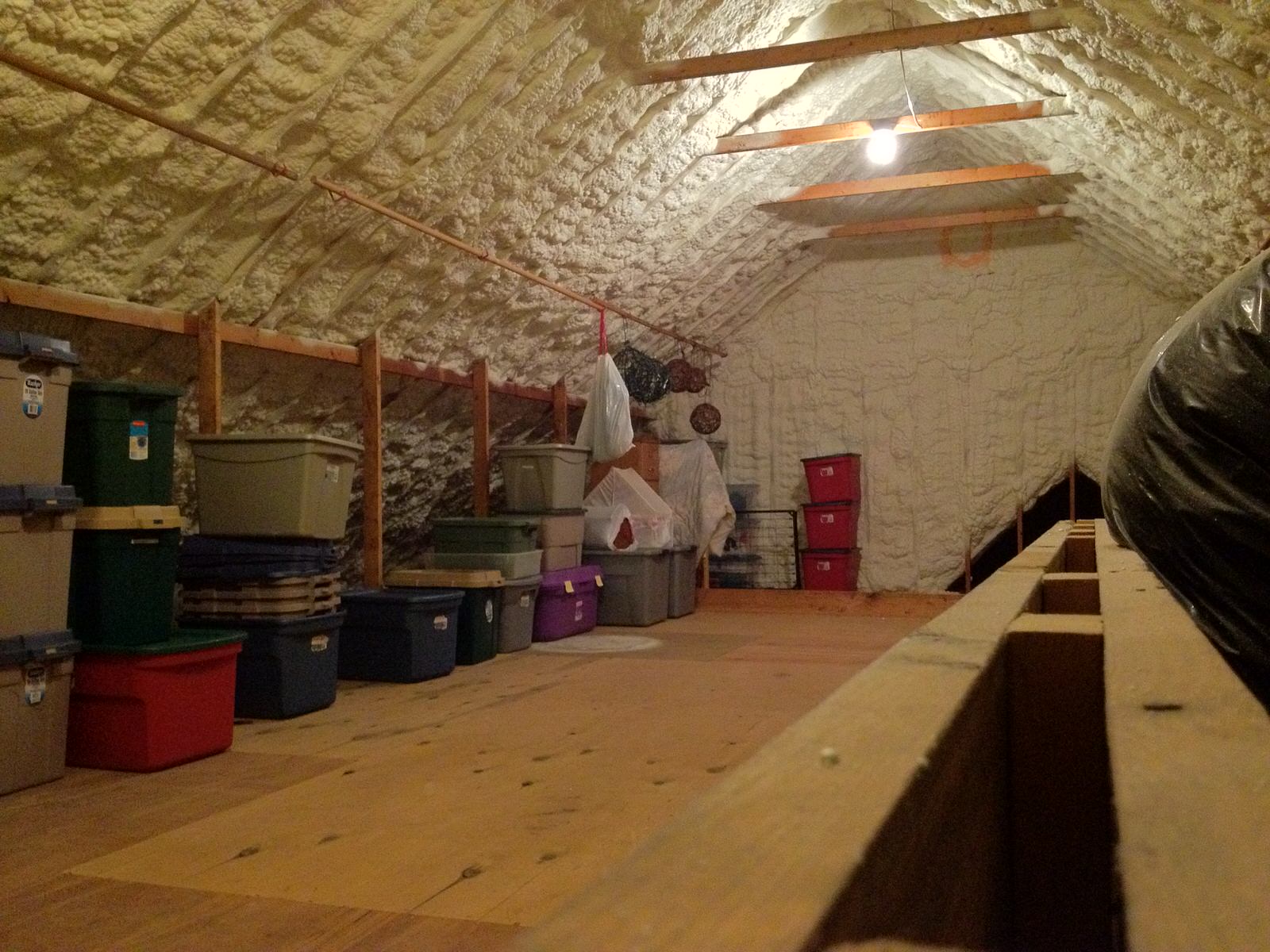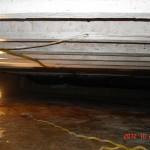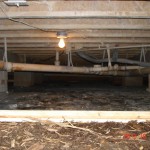Excessive mold is a health hazard. Some are more sensitive than others. If you think you may have a mold problem, there are ways to find out exactly how bad the problem is. Keep in mind; Mold is simply a moisture problem. We provide this information as a courtesy to our customers. We have no mold certification. All we provide is prompt sampling, prompt delivery to the lab, and prompt forwarding of the lab results. We can help you with getting the moisture out deal with environmental aspects in a safe and effective manner. Sometimes there is mold that you can not see, but may smell or feel. With air-sampling, we can safely determine the contents of the air sampled and use it to compare to other samples taken previously.
Mold Sampling
There are 3 ways that we can measure mold for you:
1) Tape 2) Swab 3) Air-Sample
1) Tape is simple; Simply stick the tape on suspected mold, and take it/send it to a lab for analysis, at which point they will tell you what types of mold are present, and maybe which ones are present at certain levels.
2) Swab is also simple; Simply swap the suspected mold, and take it/send it to a lab for analysis, at which point they will tell you what types of mold are present, and maybe which ones are present at certain levels .
3) Air-Sampling is a usually done in order to make a comparative assessment of mold concentrations in different areas, and is therefore more valuable. For example, one may wonder; How much mold is in my house? In my crawlspace? or In my attic? compared to the ambient air around my house? In order to be effective at collecting and understanding this information, you need to understand some of the characteristics of mold. Mold needs food, water in the form of humidity(so by default mold needs air too), and spores. Mold is sensitive to temperature and humidity and air-flow, so understanding the weather and wind and seasons may help you better understand the mold and/or when would be the best/worst time to sample the air. To belabor this point, if one was to perform air-samples during the coldest and driest day of the year, after 2 months of cold, dry weather, you might suspect to find almost no mold in the air. On the contrary, if you were to sample the air inside a damp crawlspace where the humidity has been high for days and getting higher, you would expect to find a good amount of mold in the air, but in generally the mold would not be air-borne because they are thriving on the wood in the crawlspace. Finally, if you were to sample the air inside a crawlspace after 3 weeks of rainy weather on the day of a cold/dry snap, you might find so much mold you would think you had made a mistake, but in fact the mold was rapidly drying and “falling off” its food source each time the wind blew through the crawlspace.
- Here is a report from 2011 that showed excessive amounts of mold compared to the ambient air, which prompted the builder to attempt mold remediation.
- Here is a follow up report from a month later showing still “excessive” amounts of mold compared to the ambient air, which is due to at least in part by a flawed planning and execution; i.e. not removing the contaminated insulation, and diluting the mold encapsulation product which is prohibited, and spraying on only exposed surfaces even though there was mold on the floor system now covered by insulation which is coated in white paint-like material.
- Here is a photo of how AfterShock , a really good mold abatement product , will look when applied as directed by FiberLok , the mfg.
This home went from having excessive mold to very little mold within just a few weeks.
- Here is a photo of what AfterShock looks like when it is DILUTED and SPRAYED. The affect this treatment had on the mold was minimal
Mold Remediation is simply the art of MAKING MOISTURE GO AWAY !
Holistically, getting the water off your property, and out from under your property, will free the foundation from the most common cause of failure: Migratory Water AND you will have a healthier, better smelling, and more comfortable property.
Once the moisture is taken care of, you can re-focus on removing the mold if in your circumstance that makes sense. When does it make sense to Attack the Mold?
We have seen that after 6-8 weeks of 50% Relative Humidity or less, most of the surface fungus and or mold on crawlspace wood will be drier, more brittle, easier to remove, but also easier to inhale or get on your skin. Always have copious amounts of respirators and protective gear when removing years of mold accumulation.
You can only remove so much of the mold, and there are areas between boards that will not get treated, so, you often see remediation companies “white wash” or “encapsulate” the mold by painting, with brushes or a sprayer, some product proven to seal wood or stop mold growth. The materials used vary greatly.
IMPORTANT: Always read the label, instructions, and manufacturer guidelines and install the product in accordance with these directions. If you document the fact that the instructions were followed then you get the warranty for the product and can assume the product will work as intended. If you make up steps or skip steps, the results are poor. If a product, “Do not apply to plumbing, electrical, or mechanical equipment.” then you might have to use a brush instead of a sprayer at least in some areas. If it says DO NOT DILUTE, and you dilute it in order to use a sprayer, you have cheated. Just follow the MFG rules.



